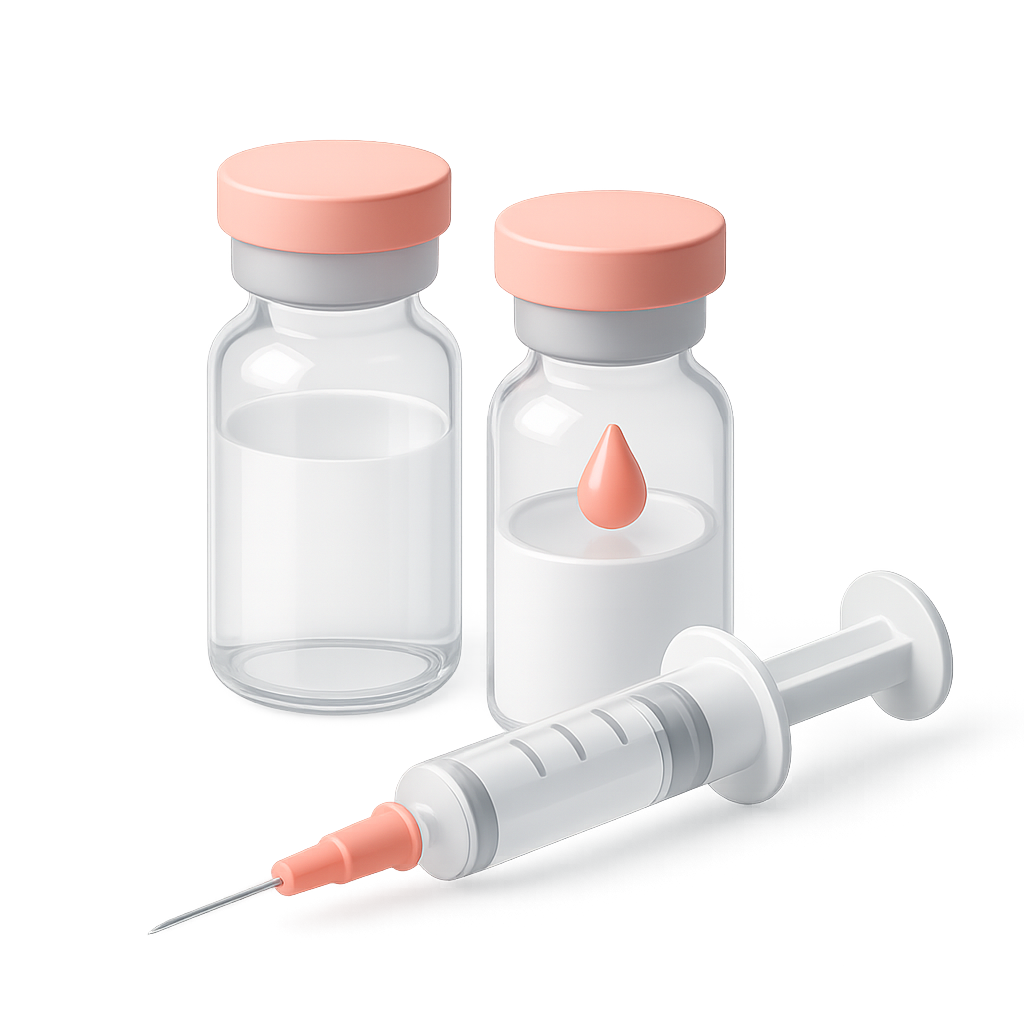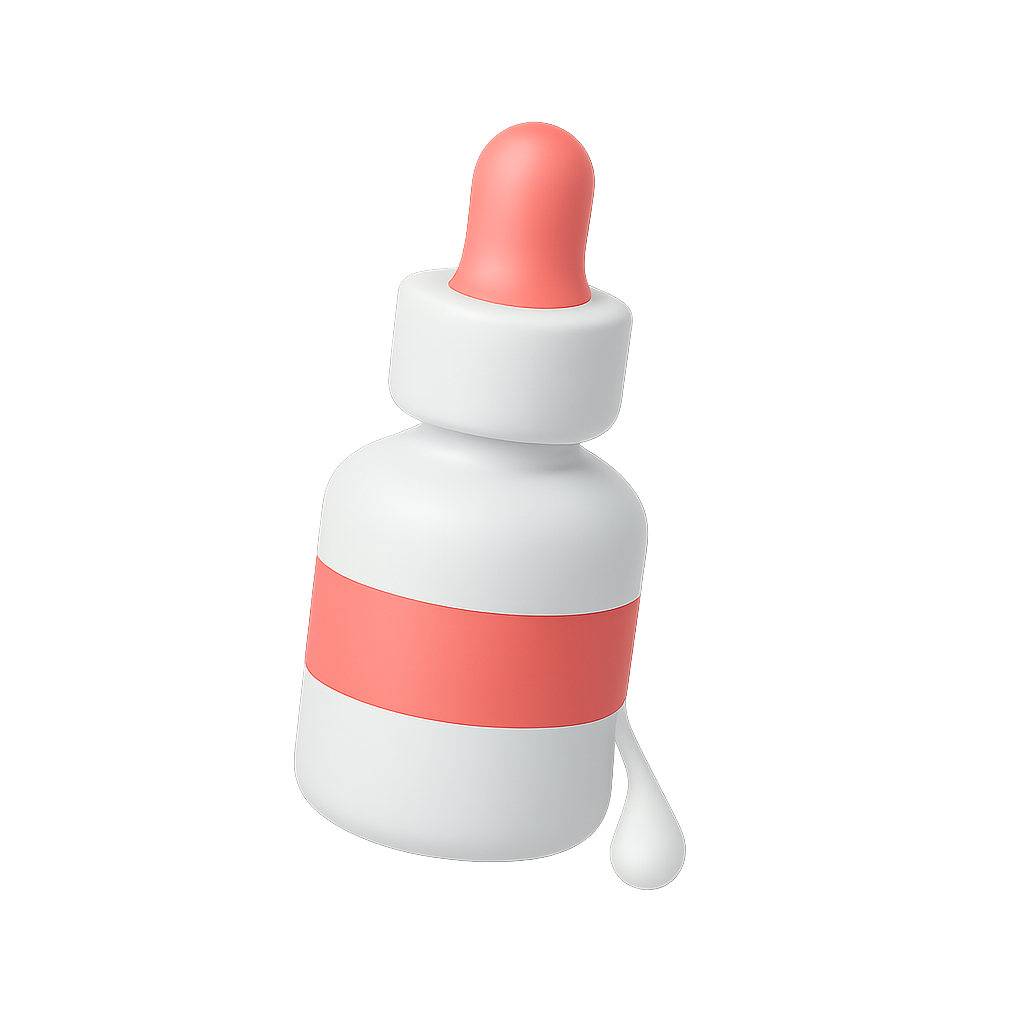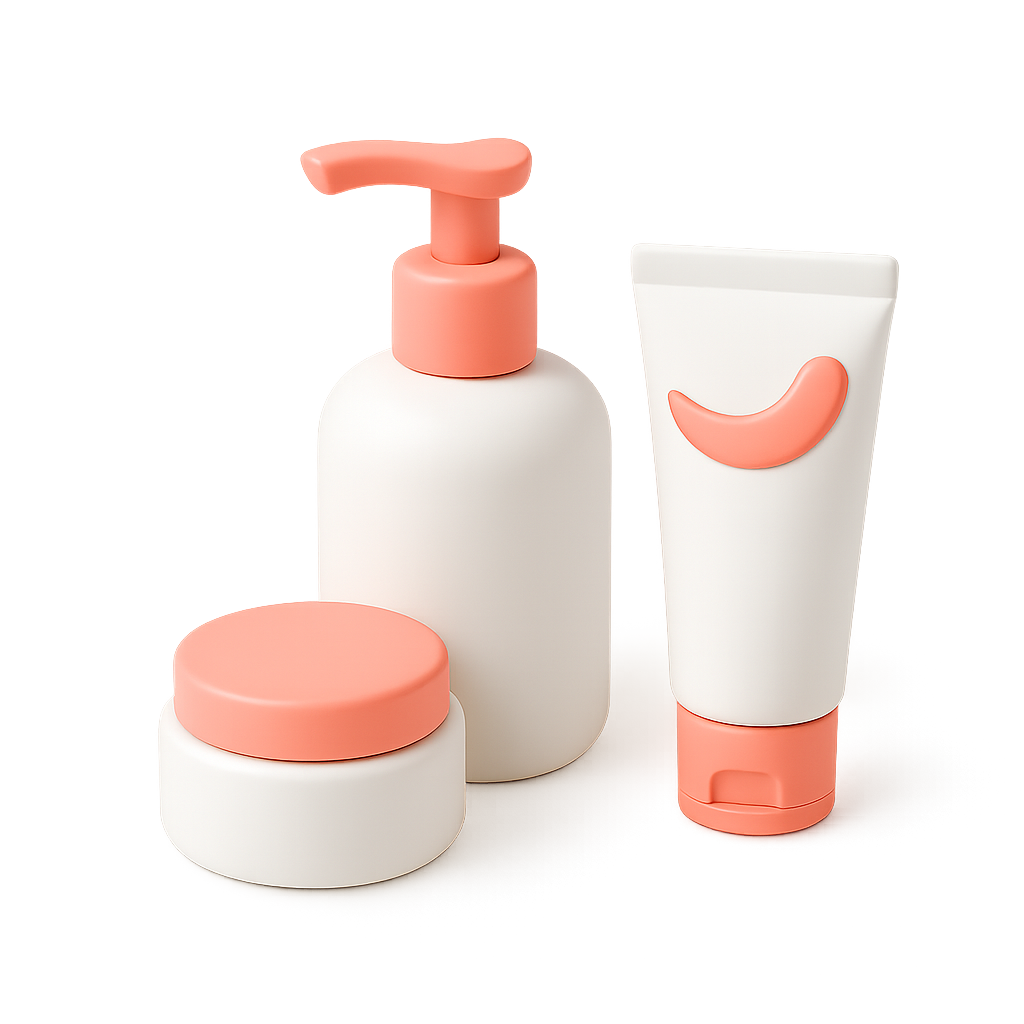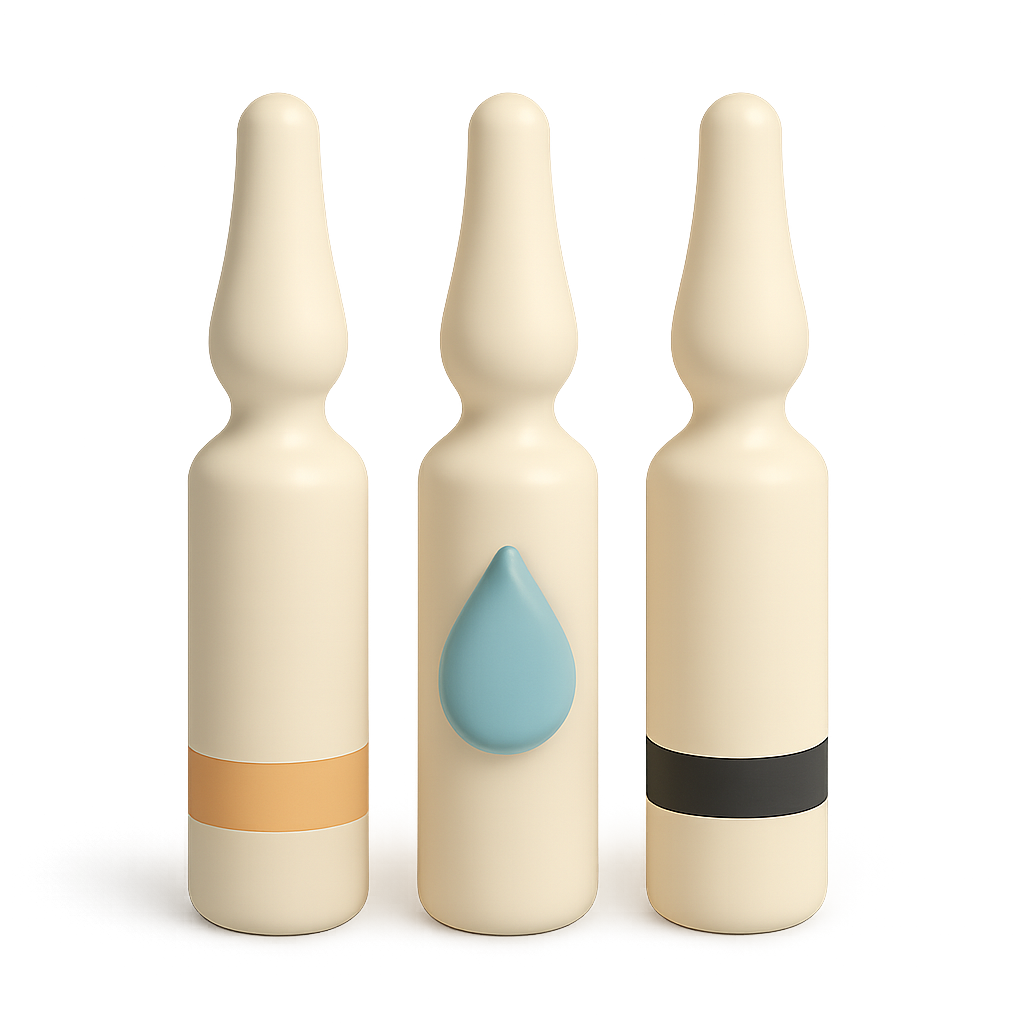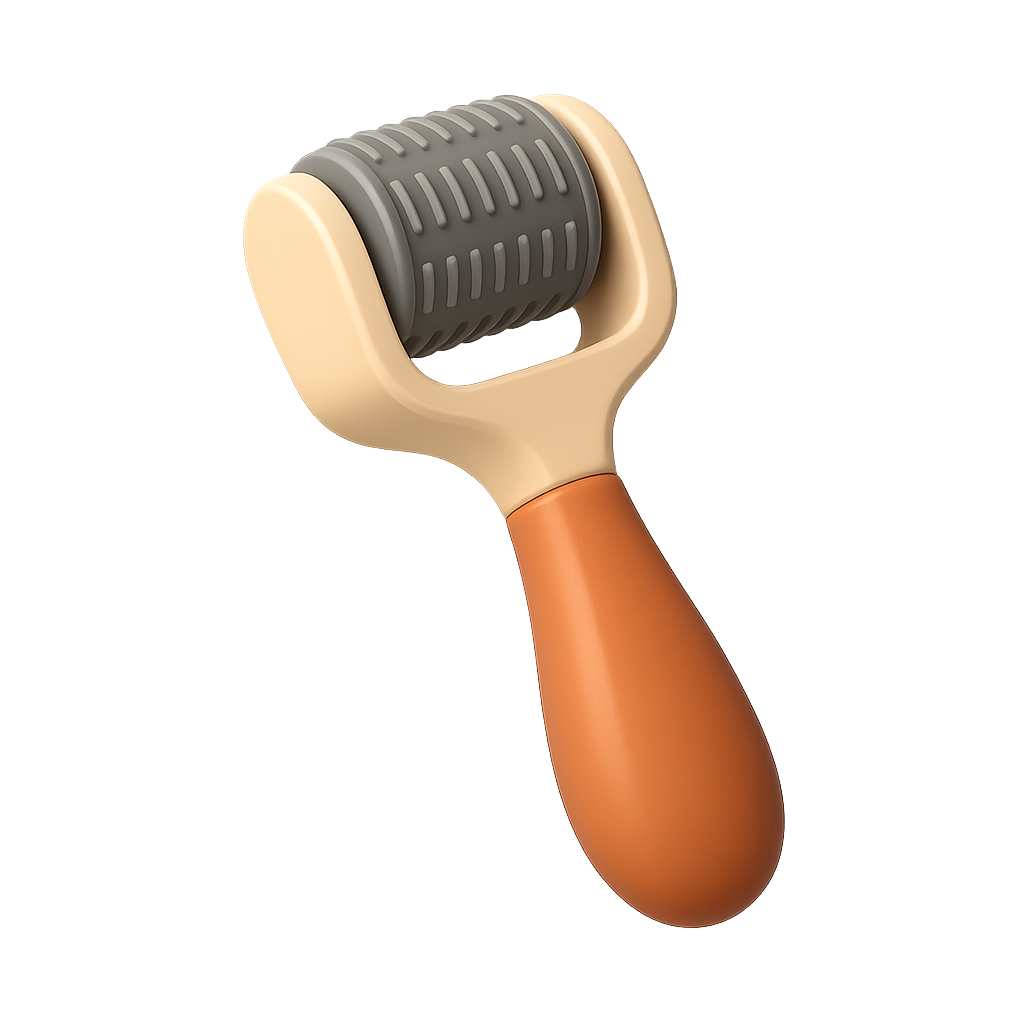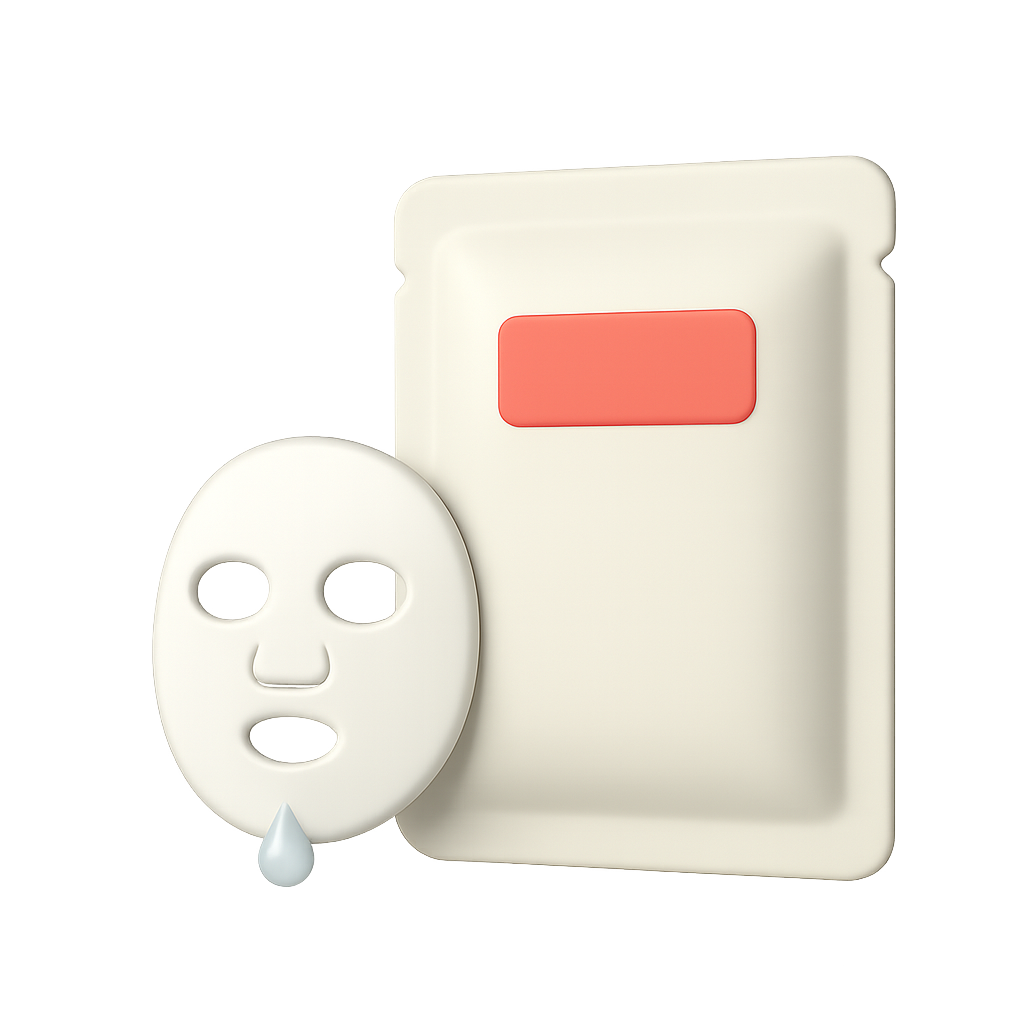Blog
What Koreans Request Most in 2025: Toxins, HA Fillers, and Skin Boosters—An Evidence-Based Snapshot
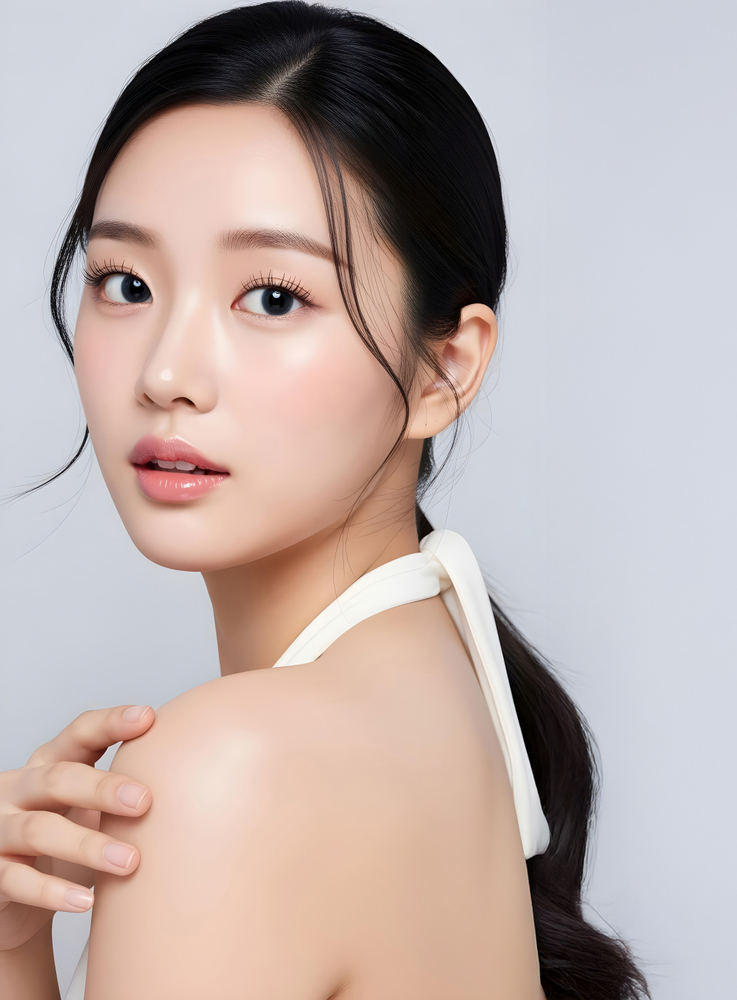

Korean aesthetic medicine is dominated by precise, minimally invasive treatments rather than radical makeovers. Triangulating global procedure counts, domestic expert commentary, and clinical literature, three pillars consistently lead demand: (1) botulinum toxin, (2) hyaluronic-acid (HA) fillers, and (3) skin-quality “boosters” (HA and PN/PN+). Below is a clinic-ready overview of the what and why, with links for verification.
1) The global baseline: toxin #1, HA fillers #2
The latest ISAPS global survey (procedures performed in 2024) confirms botulinum toxin as the most common non-surgical procedure worldwide (≈ 7.8 million), with HA fillers second (≈ 6.3 million, +5.2% YoY). This mirrors Korean treatment preferences: quick, repeatable corrections with high perceived value and short downtime.
Looking specifically at lips and the perioral zone—an area with strong demand in Korea—the ISAPS 2023 report documented ~902,000 lip/perioral procedures globally (+29% YoY), illustrating how subtle contouring has become mainstream, not a micro-trend.
2) What Korean patients ask for: skin boosters surge
On the ground in Korea, skin boosters are repeatedly cited by local dermatologists as the most popular in-office request today. The Korea Tourism Organization’s English resource—based on interviews with three Korean dermatology specialists—explicitly states: “the most popular procedure in Korea right now… skin boosters.” The appeal is simple: natural-looking improvements in hydration, elasticity, glow, and fine lines, aligned with a slow-aging, maintenance philosophy.
Clinically, skin boosters are now well-defined in the literature as treatments targeting skin quality rather than structural volumization; ingredients commonly include HA and polynucleotides (PN/PDRN). Reviews summarize measurable benefits for hydration, elasticity, and wrinkle depth, typically delivered over 3–4 sessions at 3–4-week intervals, followed by maintenance.
A Korea-focused survey underscores real adoption: among Korean dermatologists, PN is widely used as a skin-quality booster, with fine lines cited as a leading indication—evidence that PN/PN+ protocols have moved from niche to routine in domestic practice.
3) How the “big three” map to Korean demand
A) Botulinum toxin (upper-face expression lines, jawline masseter, trapezius slimming)
Why it leads: immediate gratification, minimal downtime, and predictable refresh cycles (3–6 months).
Korea angle: demand extends beyond glabella/forehead/crow’s feet to masseter and even trapezius contouring for slimmer lines—consistent with the Korean preference for refined, natural silhouettes.
Market signal: independent market trackers project double-digit CAGR through 2030 for botulinum toxin revenue in Korea.
B) HA fillers (micro-contour + skin-quality HA)
Why they persist: reversibility with hyaluronidase, broad rheology choices (elasticity/cohesiveness), and proven gains in perioral, chin, and mid-face micro-adjustments.
Korea angle: popular targets include nasolabial lines, chin tip/jawline refinement, lip border/volume, and low-viscosity HA for “skin quality” (radiance/texture) alongside structure.
Scale marker: HA filler volumes rank #2 globally and continue to climb, supporting frequent, low-dose, multi-session strategies typical in Korean clinics.
C) Skin boosters (HA & PN/PN+)
Why patients choose them: visible but subtle quality upgrades (hydration, bounce, light reflection) that accumulate without changing identity.
Korea angle: boosters are now the headline request in many clinics; PN/PN+ usage is widespread among dermatologists; protocols emphasize layering and maintenance (3–4 sessions + upkeep).
4) A Korean clinic playbook (practical, modular)
First 12 weeks (build the baseline)
Toxin: treat expression lines first for fast satisfaction and a cleaner canvas.
HA micro-contour: low to mid-elasticity gels in small aliquots for lip border, chin tip, NLF micro-tuning.
Skin-quality program: 3–4 sessions of HA and/or PN/PN+ boosters at 3–4-week intervals to lift hydration/elasticity before maintenance.
3–12 months (maintain and refine)
Toxin touch-ups (3–6 months), booster maintenance (6–12 months), and micro-top-ups with HA as needed.
Use standardized photography (front/45°/profile), simple metrics, and PROMs to document incremental but cumulative gains—this fits the “slow-aging” narrative Korea has embraced.
5) Safety & sourcing: the non-negotiables
Use approved medical devices through authorized supply chains. The domestic market is strong and growing, but that only raises the importance of authentic product verification and documented lot tracking. Growth projections for aesthetic medicine/injectables in Korea reinforce the need for rigorous procurement hygiene.
Licensed providers only; avoid consumer “needle-free” gadgets. U.S. FDA consumer guidance explicitly warns against at-home hyaluron pens due to serious risks (vascular events, scarring, infection). Clinics should educate patients proactively.
6) TL;DR for overseas clinicians
Demand leaders in Korea: Botulinum toxin → HA fillers → Skin boosters (HA & PN/PN+). Global data put toxin #1 and HA #2; domestic experts call boosters the most popular in-clinic request right now.
Why they win: short downtime, reversible options, and skin-quality gains that stack over time—precisely what Korean patients value.
How to deliver: build a baseline in 8–12 weeks (toxin + micro-HA + boosters), then maintain; measure everything.
Guardrails: approved products, verified supply, trained injectors, and patient education against DIY devices.
References & Useful Links
ISAPS Global Survey 2024 (procedures performed in 2024): overview & PDF.
ISAPS Global Survey 2023: lip/perioral ≈ 902k (+29%).
Korea Tourism Organization (dermatologists’ interviews): “skin boosters” most popular now.
Skin boosters—definitions & classifications (2024 review): PubMed/PMC.
PN usage among Korean dermatologists (survey): Journal of Cosmetic Dermatology (2024).
Market growth (Korea): aesthetic medicine & injectables; botulinum toxin market outlook.
Safety (consumer warning on hyaluron pens): FDA consumer update summarized.
KOHBS’ Recommended HA / Skin Booster Picks
Explore K-Beauty’s top-rated, certified Korean fillers and skin boosters—handpicked by KOHBS. Our selection focuses on safety, consistency, and real-world results. Upgrade your routine with clinic-level care at your fingertips.
REJURAN S
CLEVIEL Volume
Olidia
Original price was: $50.00.$35.00Current price is: $35.00.

Ecolla
Original price was: $110.99.$99.99Current price is: $99.99.
